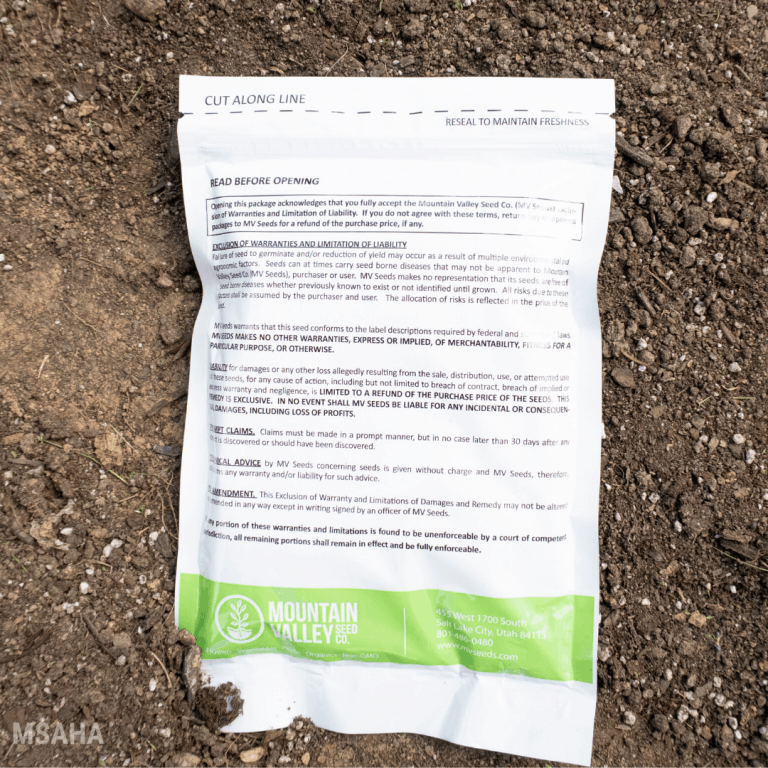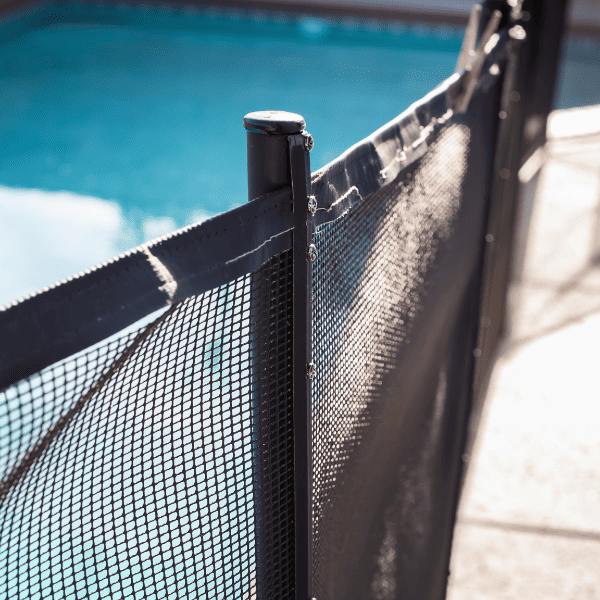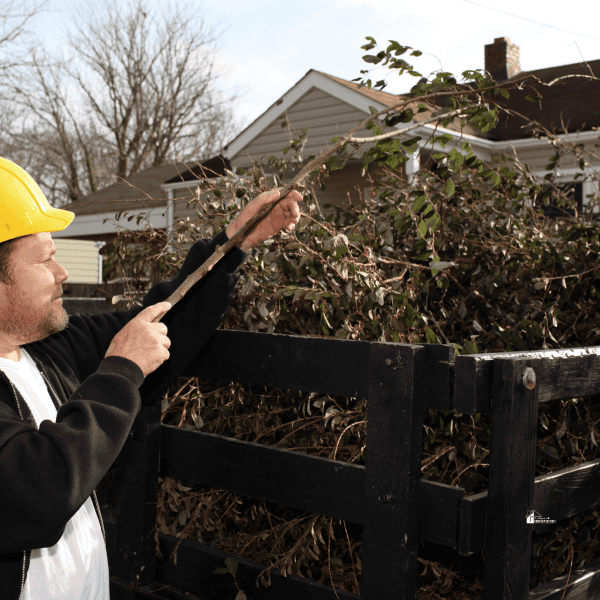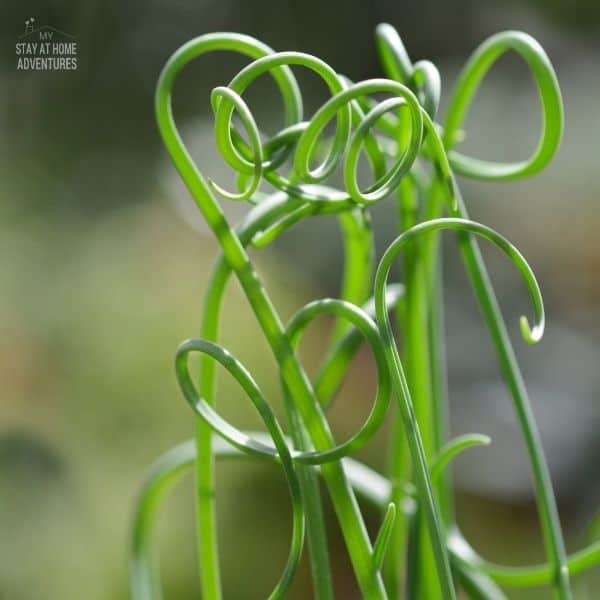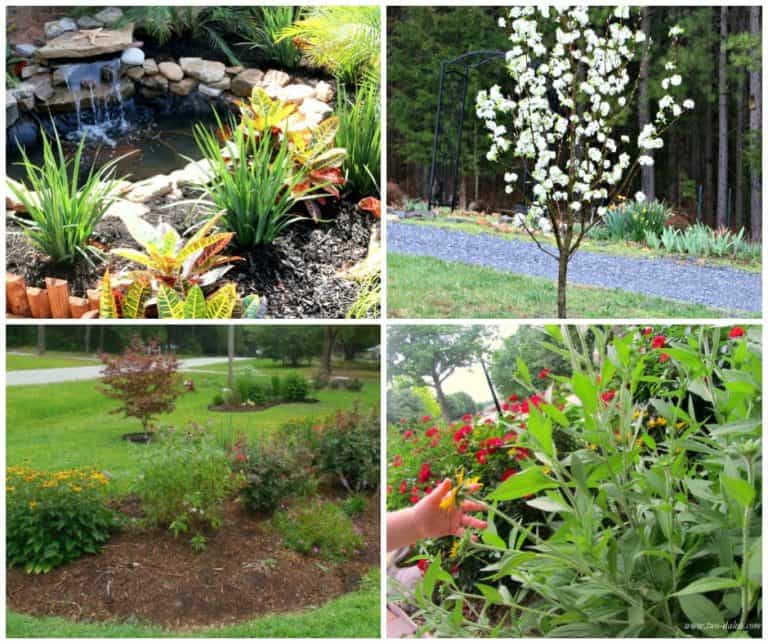How to Grow Fiddle Leaf Fig
This post may contain affiliate links which might earn us money. Please read my Disclosure and Privacy policies hereFiddle leaf figs (Ficus lyrata) are a type of tropical plant that is popular for its large, glossy leaves. They are native to Africa and can grow up to 30 feet tall in the wild. They are usually kept much smaller in cultivation, around 6-10 feet tall. Fiddle leaf figs prefer bright, indirect light and warm temperatures.
The fiddle leaf fig, a popular houseplant right now, adds stunning architectural flair to any area in the house. Although this lush plant is beautiful and has shiny, violin-shaped leaves, it can be challenging to maintain. But don't worry; we have the advice to help you keep it flourishing in your area.
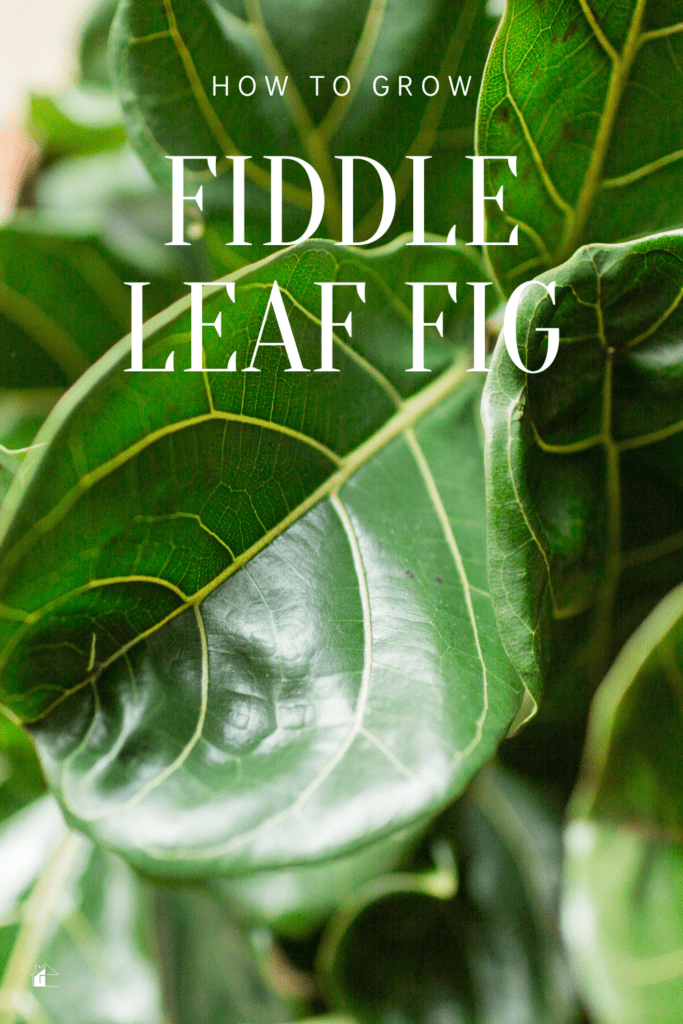
How to Grow a Fiddle Leaf Fig Tree Indoors
If you're thinking about getting a fiddle leaf fig tree, here's what you need to know about how to grow one indoors.
Use a spacious pot.
All indoor plants vary in size depending on the size of the container they are planted in. The plant can grow larger the more room it has for its roots.
To avoid making the existing pot-plant combination look out of proportion, try to give your plant the largest pot you can. Your indoor tree should gradually “graduate” to larger pots as it grows.
Use a pot with good drainage.
Make sure the planter you choose can accommodate your Fiddle Leaf's watering and drainage needs. It should have sufficient drainage holes to allow water to drain.
To avoid the soil from clogging the drainage holes, add some gravel or stone to the bottom of the pot. Since the pot is a pot, the soil is visible on an open surface at the top. Therefore, avoid planting inside a big vase or urn.
Check the soil aeration.
Indoor soil can occasionally compress, limiting your plant's ability to grow naturally. This will be apparent if a crusty layer builds on the top or if you have trouble moving the dirt with your fingertips when you gently probe into it.
Make a few tiny holes in the soil surrounding the plant with a pair of chopsticks. To loosen, insert the chopsticks as deeply as possible and gently spin them from left to right.
You might enjoy these posts:
Use less fertilizer
To provide your Fiddle Leaf with the nutrients it needs, use a well-balanced organic fertilizer for your feeding schedule, such as Biotrissol.
It works incredibly well to feed less but more frequently, especially from spring through summer. Feed your fiddle leaf the appropriate amount, diluted by half or a quarter, once a week or so, with each watering.
Pruning
Pruning a fiddle-leaf fig's leaves on occasion is beneficial. To allow the plant to breathe, trim back any damaged leaves, overgrowth, or branches that are crossing. Place any cuttings an inch or more away from the trunk to prevent harm. Before attempting to cut a dead, brown leaf off, pull on it very gently to see if it would fall off on its own.
How do you encourage fiddle leaves to grow?
Creating the ideal circumstances for your fiddle leaf fig can help it grow big and tall. Although these plants are fairly tough and can endure some abuse, they won't develop as quickly. In addition to the advice provided above, the following suggestions will encourage your fiddle leaf to grow.
Repotting
Your Fiddle Leaf Fig will be able to grow new growth with the help of a new pot and fresh potting soil, both of which will provide your plant the nutrients it needs to grow as large as possible.
It may be time to switch to a larger container if you find yourself watering your Fiddle Leaf Fig more frequently than usual or if you notice roots poking through the dirt or the drainage holes.
Cleaning the leaves
Your Fiddle Leaf Fig's leaves are shielded from sunlight by a layer of dust on the foliage. Without sunlight, a plant's growth may be sluggish, and it may experience stress. There are numerous benefits to giving your Fiddle Leaf Fig routine cleanings, including the fact that stressed, dirty plants are more vulnerable to pests.
You can spray down your Fiddle Leaf Fig outside or give it a brief shower if it is small enough to move. Otherwise, you can clean the leaves using a wet towel and a spray bottle of water.
Maintaining mild temperatures
Fiddle Leaf Figs are tropical plants that like being warm and damp. At all times, the optimal temperature is from 60 to 75 degrees Fahrenheit. Try to keep these plants distant from vents or windows that allow air to leak in since they also react poorly to hot or cold drafts.
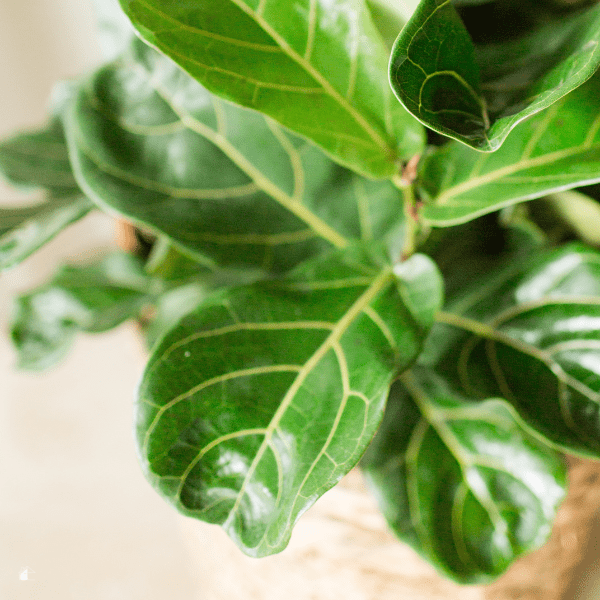
Are fiddle leaf figs hard to grow?
Although fiddle-leaf figs may require special care, they can easily flourish in the right environment. They require warmth, humidity, a ton of direct light, brilliant indirect light, and a lot of water. Even though they like water, don't water them excessively.
How often do I water a fiddle leaf fig?
Fiddle Leaf Figs require thorough watering around once a week. Depending on the size of the plant and, correspondingly, the size of the roots, you should adjust the amount of watering. For a small plant, you want to soak it, so put it in a tightly fitting container or sink. Add water until it reaches around 75% of the planter's height. Water the top to ensure that the planter's bottom and top are filled with water.
For a large plant, water in such a way that extra water can drain via the drainage holes. Do it generously. Gather this extra water, then add it back into the pot. The best approach to avoid a watering mess is with a drip tray underneath the planter.
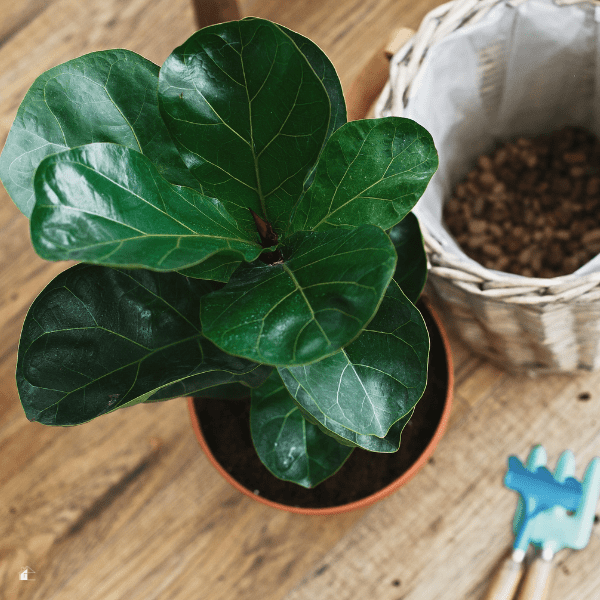
How much sunlight do fiddle leaf figs need?
These plants can tolerate a small amount of direct sunlight but prefer lots of bright, indirect light. They need to receive at least six hours of sunlight each day to stay healthy, but more is preferable to encourage rapid growth.
Maximize light intensity and duration, but avoid direct, harsh light. Early morning or late afternoon direct sunlight should be good, but keep an eye out for leaf burn, which appears as dried brown areas. Your houseplant needs light from all angles, so turn it.
Problems that you may encounter while growing fiddle leaf figs
The behavior of a fiddle-leaf fig plant's leaves can indicate when something is wrong because the plant can be sensitive to its surroundings and watering schedule.
- Leaves dropping: This indicates that the plant is either receiving too much or not enough water. The plant could also be subjected to abrupt temperature changes, which could potentially cause the plant to lose leaves. Remove the plant from any vents, drafty locations, or heating or cooling systems. Reduce the amount of watering slightly, so the soil is never wet and is always just damp.
- Bleached leaves: The plant may be receiving too much direct sunlight if the tops of the leaves have light brown or bleached areas. The technical term for this is leaf scorch or leaf sunburn. You can trim the leaf with precise shears and move the plant away from the sun's harsh rays.
- Leaves turning yellow: Younger fiddle-leaf fig leaves that are yellowing can have bacterial issues. The plant might not be able to be saved. However, you might try removing the harmed leaves and repotting the plant in new soil.
- Leaves with brown spots: The plant may have root rot due to standing in excessive water. If the roots are brown and mushy, you should inspect them. Remove the spotted leaves and carefully trim the roots' mushy areas. To prevent overwatering, repot your plant and keep an eye on your watering.
- Pests and diseases: Although there aren't any major insect or disease problems with these plants, they are susceptible to scale, spider mites, and bacterial or fungal illnesses. You might see little bugs and leaf damage, such as spots or dark patches on the leaves. Use the proper fungicide, insecticide, or other treatment as soon as feasible to address the problem.

